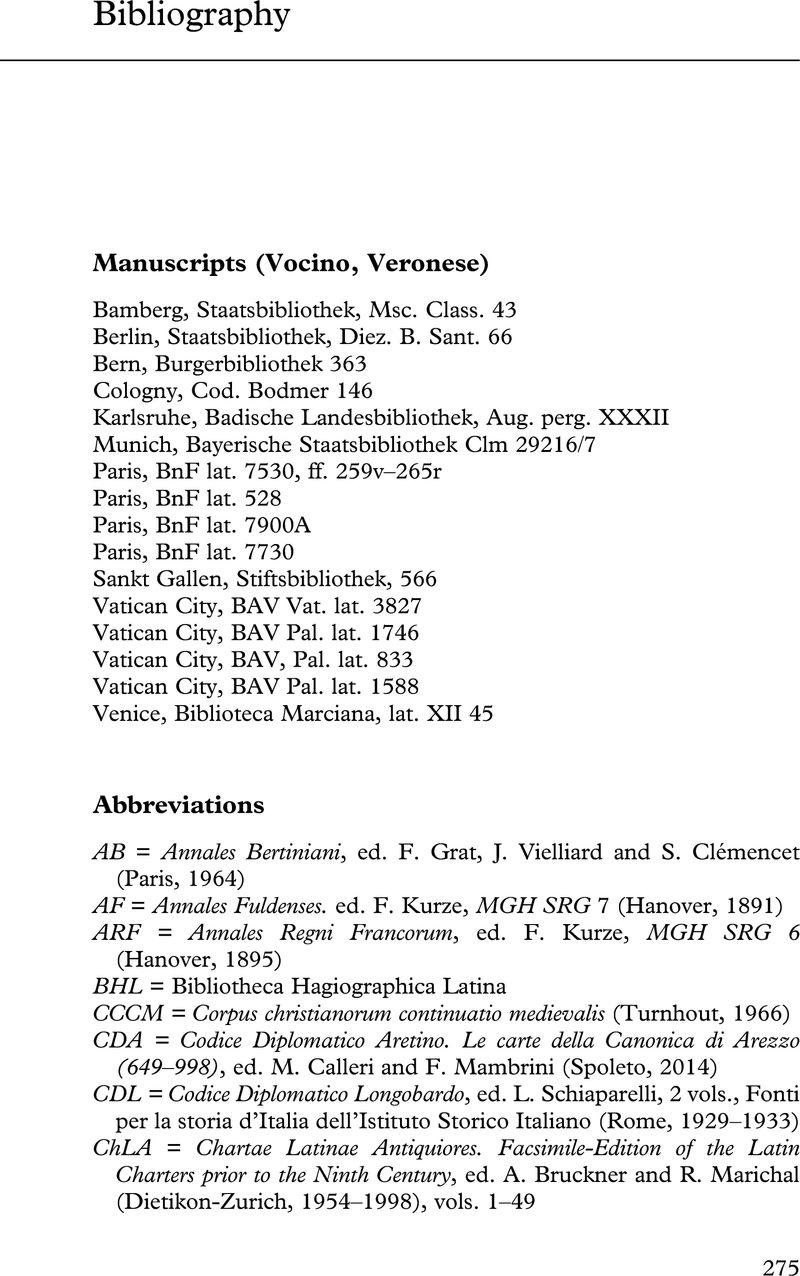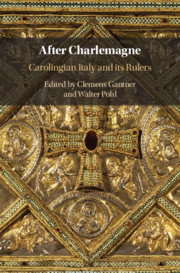Book contents
- After Charlemagne
- After Charlemagne
- Copyright page
- Contents
- Contributors
- Additional material
- 1 Italy after Charlemagne
- 2 A Brief Introduction to Italian Political History until 875
- Section I Was There a Carolingian Italy?
- Section II Organizing Italy
- Section III Carolingian Rulers
- Section IV Cities, Courts and Carolingians
- Bibliography
- Index
- References
Bibliography
Published online by Cambridge University Press: 03 December 2020
- After Charlemagne
- After Charlemagne
- Copyright page
- Contents
- Contributors
- Additional material
- 1 Italy after Charlemagne
- 2 A Brief Introduction to Italian Political History until 875
- Section I Was There a Carolingian Italy?
- Section II Organizing Italy
- Section III Carolingian Rulers
- Section IV Cities, Courts and Carolingians
- Bibliography
- Index
- References
Summary

- Type
- Chapter
- Information
- After CharlemagneCarolingian Italy and its Rulers, pp. 275 - 327Publisher: Cambridge University PressPrint publication year: 2020



